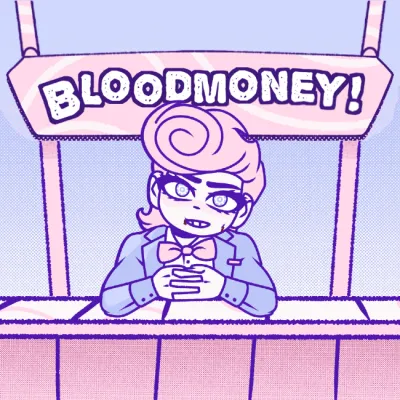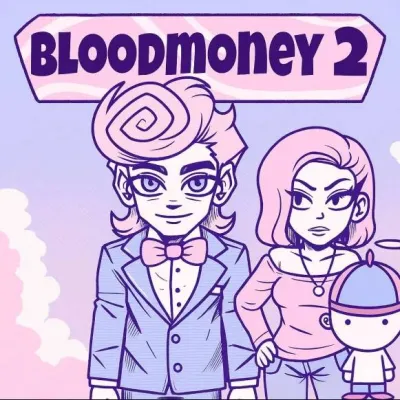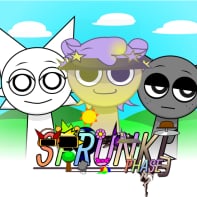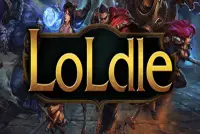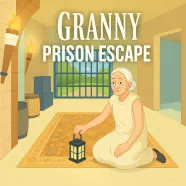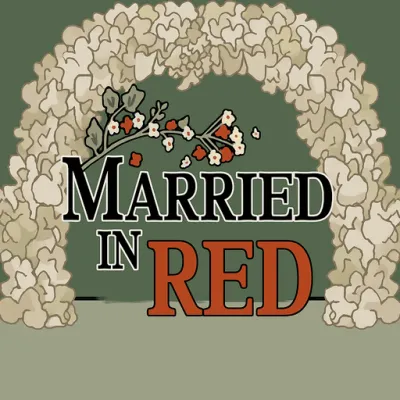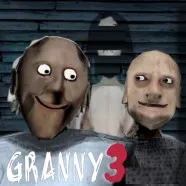The Chimney of Dread: Deconstructing the Story, Symbolism & Horror of Santy Is Home
The game is over, but the silence of that empty house lingers. Santy Is Home is a profound psychological horror experience that uses the trappings of Christmas to tell a story of unspeakable darkness. For those who have completed the game and are left piecing together its tragic, ambiguous narrative, this analysis is for you. We will not be telling you where to find the keys. Instead, we will be exploring *why* this game is so deeply unsettling. We will deconstruct the powerful symbolism of its Christmas setting, analyze the terrifying figure of the evil Santa, and explore the heartbreaking fan theories that reveal the true, unspoken story of Santy Is Home.
The Anatomy of Fear: The Corruption of a Sacred Space
- The Unholy Holiday: Christmas is a time we associate with warmth, family, safety, and joy. By making this holiday the backdrop for terror, the game creates a powerful sense of cognitive dissonance. The cheerful decorations clash with the dark, empty rooms, making the entire environment feel profoundly "wrong."
- The Invaded Home: A child's home is supposed to be their ultimate sanctuary. The horror of Santy Is Home comes from the violation of that sanctuary. The threat is not in a distant castle or a haunted asylum; it is in your own bedroom, your own living room. This makes the fear deeply personal and inescapable.
The Unspoken Narrative: Deconstructing the Symbolism
The story of Santy Is Home is told not through dialogue, but through powerful, heartbreaking symbols.
The Antagonist: Who is the Evil Santa?
- The Santa Suit: The father may have dressed up as Santa for Christmas, but his behavior was monstrous. The child's traumatized mind has merged the image of the beloved Christmas figure with the terrifying reality of the abusive parent, creating the monster that stalks the halls.
- "Santy Is Home": The title itself becomes a chilling double entendre. It's not just the child's name; it's a warning. "Santa is home," and for this child, that is not a cause for celebration, but for terror. This is the heartbreaking core of the story of Santy Is Home.
The Drawings: The Repressed Memory
The scattered drawing pieces are the game's most important narrative device. They are not just collectibles; they are fragmented pieces of a repressed memory. As you collect them, you are piecing together the child's own attempt to process or document the trauma they experienced. The "True Ending" is achieved not just by escaping physically, but by first having the courage to reassemble this painful memory and confront the truth. This is a profound and powerful gameplay metaphor used within Santy Is Home.
A Tale of Two Fates: Interpreting the Endings
- The "Bad Ending" (Physical Escape): By simply escaping the house, Santy survives physically, but the mystery remains. This represents a future where the trauma is not confronted. The child has escaped the immediate danger, but the "monster" and the fragmented memories will continue to haunt them, unresolved.
- The "True Ending" (Psychological Confrontation): By collecting the drawings, Santy confronts the terrible truth of what happened before escaping. This represents the beginning of a true healing process. It is a heartbreaking but ultimately hopeful statement that escape is not just about leaving a place, but about understanding and confronting the truth of what happened there. This is the profound message at the heart of Santy Is Home.
Conclusion: The Horror of a Broken Christmas
Santy Is Home is a masterpiece of symbolic horror. It uses its simple premise to tell a devastatingly powerful story about childhood trauma and the corruption of innocence. Its monster is not a creature from fiction, but a chillingly real demon that lives in far too many homes. By understanding the deep layers of its symbolism, the game transforms from a simple scary experience into a profound and unforgettable work of interactive art. The true horror of Santy Is Home is the heartbreaking truth hidden beneath the Santa suit.

